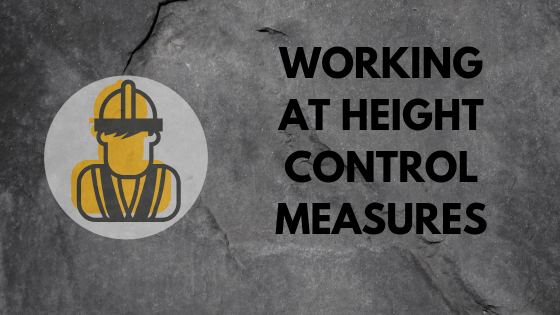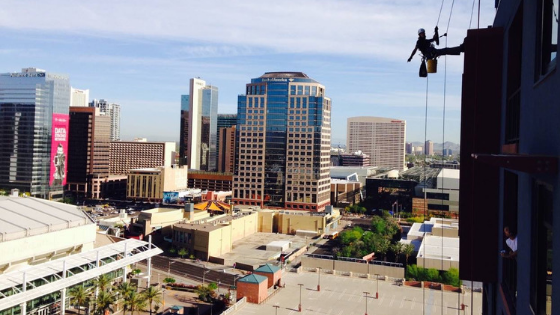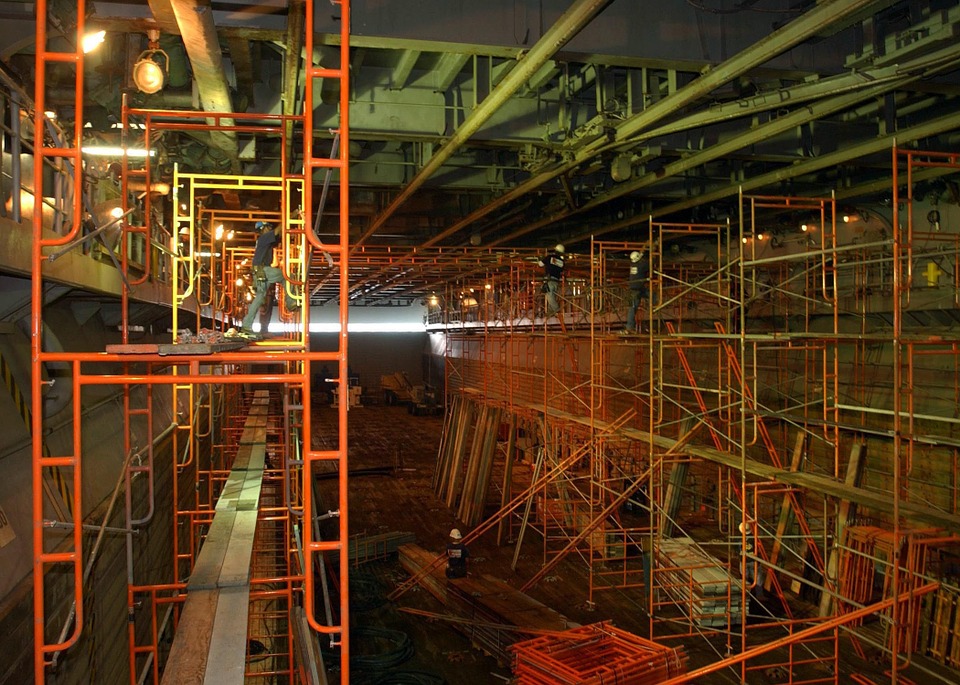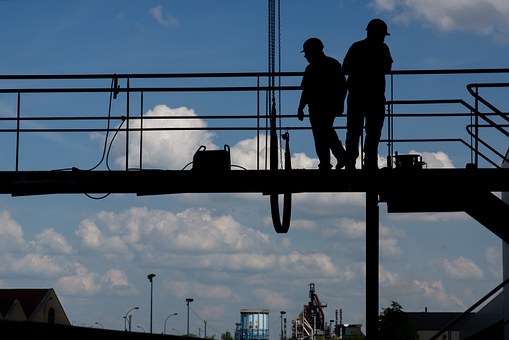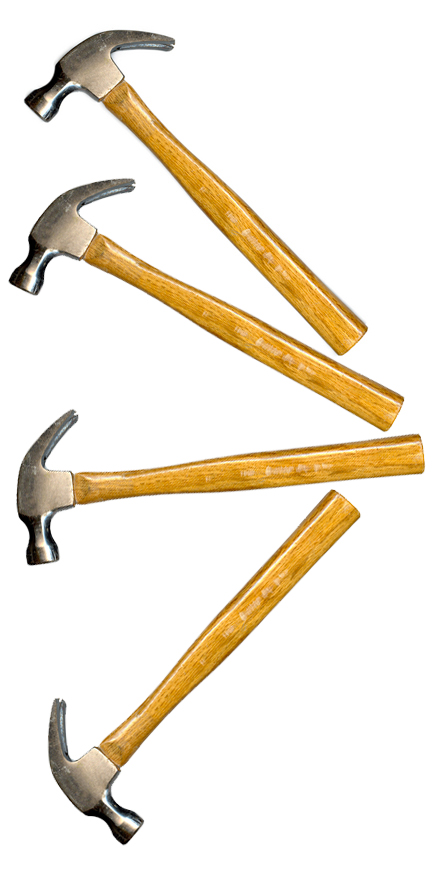
Ken Piposar Presents in Las Veags, NV
Ken Piposar, owner of Airitas Custom Tethering Solutions, will present dropped object prevention technology at the 2019 ASNT Annual Conference in Las Veags, NV. Among the plethora of other exhibitors, Airitas will be at booth #308 showcasing their custom tethering products November 18-21st.
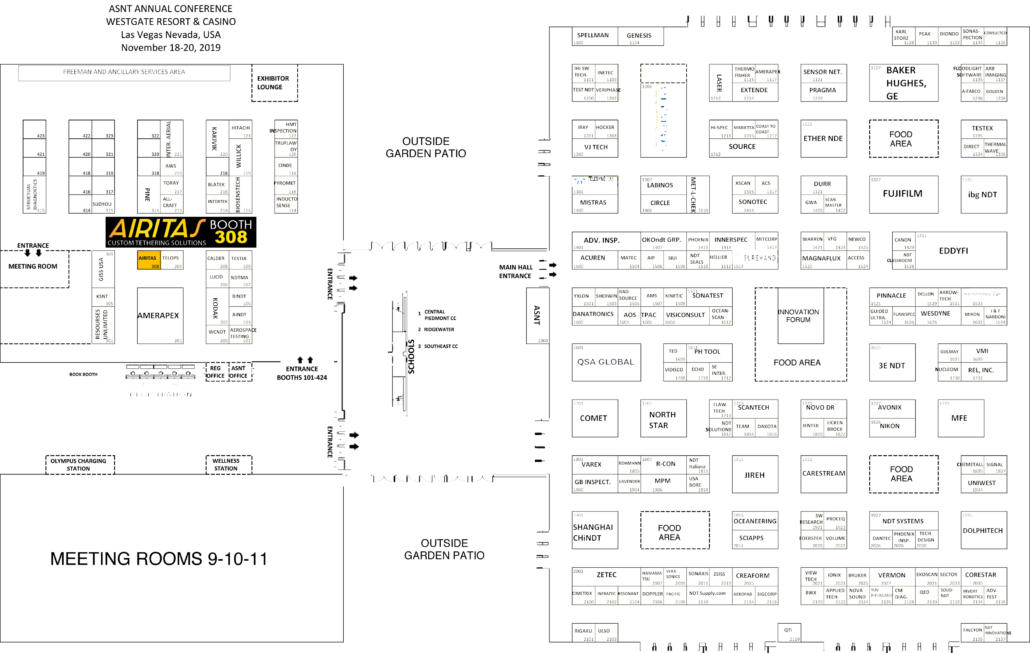
Custom Tool Tethering Solutions
Airitas reveals many of their existing solutions for custom tethering unique equipment like the Olympus 38DL and the 880 delta projector by QSA Global. The tool tethering solutions are designed specifically for each piece of equipment with safety and functionality in mind. Most are lightweight, durable, and easy to use while working at height.
When used properly, the tool tethering solutions allow for worry-free positioning of the equipment, without risk of the machine dropping, downtime due to dropped objects retention and replacement, and most importantly, without risk of exposure to the technician using the machine in the workplace.
Although many of the products currently offered by Airitas are centered around Non-Destructive Testing (NDT) applications, they also design for other industries where working at height is an integral part of daily activity.
“Falling objects are a safety hazard and negatively impact productivity and lost equipment costs. Tethering your equipment and tools is like having an insurance policy,” says Ken Piposar, “Airitas provides solutions that consider the design and function of each unique piece of equipment to create a custom-designed boot, vest, pouch, belt, or harness to prevent loss of time, money, and lives.”

Vegas Baby!
This year, the ASNT Annual Conference is being held at the Westgate Las Vegas Resort & Casino (formerly the LVH – Las Vegas Hotel & Casino) in Las Vegas, Nevada. The conference provides a unique gathering opportunity for NDT professionals to discuss the latest advances in NDT technology and application information. It is the world’s largest forum in the nondestructive testing and evaluation industry.
Media Note: Ken Piposar will be available for Airitas interviews during the show. For interview requests, please email info@airitas.com.


